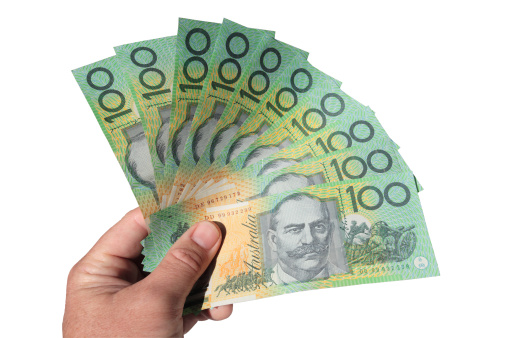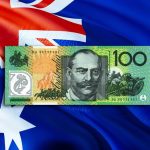Australian Dollar may tumble due to a volatile ASX 200 index while the US dollar remains stable.
The Australian Dollar (AUD) has recovered from its intraday losses and is expected to go into positive territory on Wednesday. The volatile ASX 200 may have offered support to the AUD, strengthening the AUDUSD pair. However, the strong US dollar could put downward pressure on the pair.
The RBA’s Bullock stressed that the fight against inflation is still ongoing.
The Reserve Bank of Australia (RBA) has decided to keep interest rates at a 12-year high of 4.35% on
Tuesday, it maintained its stance for the third consecutive meeting. RBA Governor Michele Bullock stressed that the fight against inflation is ongoing. While admitting consistently rising inflation, she declined to provide specific specifics about the timing or possibility of rate adjustments, implying that the bank is still open to numerous options.
The FOMC could keep key cash rates between 5.25% and 5.50%.
The US Dollar Index (DXY) maintains its recent rally, which began on Thursday. The strength of the US dollar is related to higher US Treasury yields. Investors eagerly await the US Federal Reserve’s (Fed) interest rate announcement on Wednesday. The Federal Open Market Committee (FOMC) is largely expected to keep the key federal funds interest rate between 5.25% and 5.5%.
Daily Market Movers: The Australian Dollar falls amid fluctuated equity market.
The ANZ–Roy Morgan e Australian Consumer Confidence Index, which is reported weekly, is at 81.7, up from 82.2 the previous week.
The People’s Bank of China (PBoC) has left the interest rate constant at 3.45%.
Chinese Foreign Minister Wang Yi met with Australian Foreign Affairs Minister Penny Wong. The Chinese stressed their tremendous potential. They emphasized that China-Australia ties are growing well and warned against any pause, diversion, or reversal in this forward momentum.
According to the CME FedWatch Tool, the probability of a rate cut in May is 6.3%. The possibility of a rate drop in June and July has grown, to 59.2% and 76.0%, respectively.
US Building Permits (MoM) climbed to 1.518 million in February, compared to the projected 1.495
million and 1.489 million previously.
US housing starts (MoM) increased to 1.521 million from 1.374 million in February, above the market forecast of 1.425 million.
The preliminary US Michigan Consumer Sentiment Index for March fell to 76.5 from 76.9. This fall contrasts with assumptions that it would remain stable.
The Federal Reserve Board of Governors reported that Industrial Production (MoM) increased by 0.1% in February, compared to the projected reading of level 0.0% and a 0.5% fall the prior month.
The US Core Producer Price Index (PPI) increased by 2.0% year on year in February, remaining above the 1.9% predicted. The monthly report showed a growth of 0.3% compared to 0.5% previously, above the projected 0.2% reading.
The US PPI (YoY) climbed by 1.6% in February, exceeding the previous estimates of 1.1% and 1.0%. PPI (MoM) climbed by 0.6%, above market expectations and the preceding gain of 0.3%.









